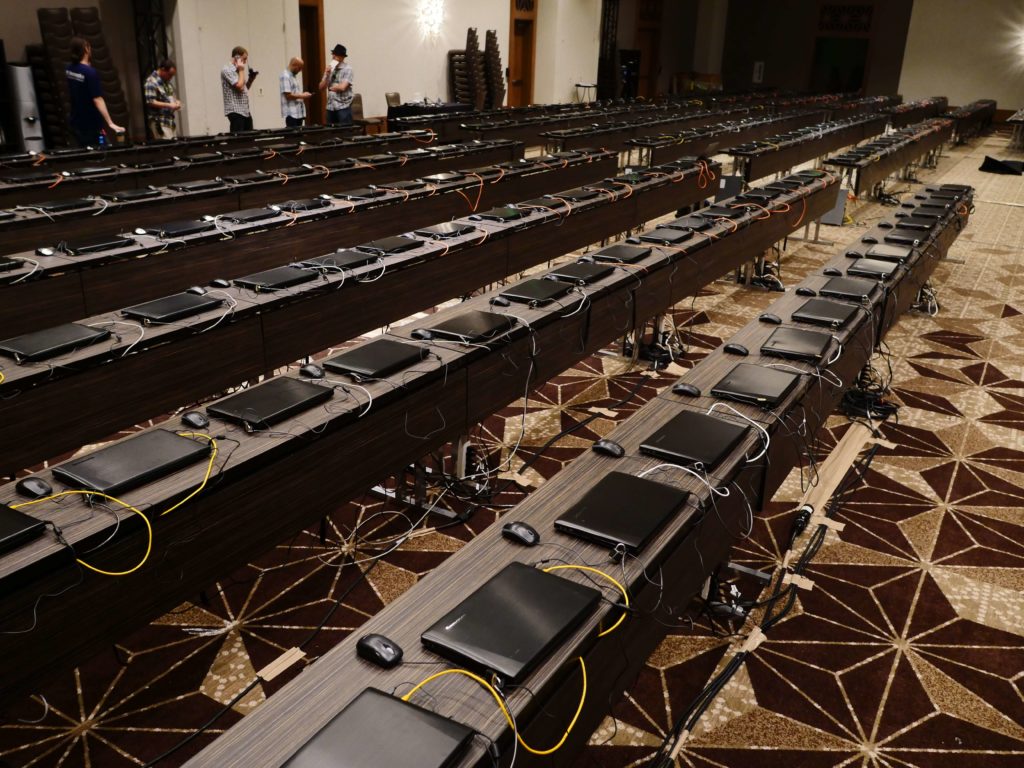Texas, U.S.A. A small office on the third floor of the Austin Convention Centre, an unassuming hub out of which, for just one week only, almost 5000 endpoints are being managed – the equivalent of a decent-sized enterprise, thrown up in a matter of days for the Tableau Conference 2016 (or, TC16).
Thousands of Tableau customers come to TC 16 to master Tableau’s business analytics software: Tableau provides the laptops, and Nomad, 1E’s advanced Configuration Manager solution, helps to make everything tick.
“Nomad basically allows peer-to-peer distribution of the content, so that we don’t overload a single file server or a single distribution point,” explains ConfigMgr wizard Johan Arwidmark (CTO, TrueSec), flown in specially to help implement the solution. “Without the peer-to-peer tech you would need to have 40-50 servers spread out through the entire environment here.”
https://www.youtube.com/watch?v=cAKo0of2E4s
Nomad numbers some of the world’s biggest brands among its customers. If you were to talk to any of them about their experience using Nomad, you’re quite likely to get just a two-word answer: It Works. And it does. What’s less easy is to show it working. Most Nomad customers, after all, are using it to distribute things like OS upgrades, security patches and software to workstations in different regions, countries and even continents.
It’s a silent, seamless process that, if not exactly ‘invisible’, is darn difficult to capture.
 Laptops as far as the eye can see at the Tableau Conference 2016
Laptops as far as the eye can see at the Tableau Conference 2016
That’s why 1E came to Austin, and brought a camera-crew. In addition, there were incredible scenes to capture, of huge rooms filled with more laptops than the eye could count, waiting for Nomad’s peer-to-peer technology to do its thing.
Overall, we found more than we could have hoped for. A complex, fascinating event, supported by an infrastructure that was not merely effective, but was outdoing expectations.
“With the number of venues that we had here,” explained Gail Miller, Senior Project Manager, Tableau. “We figured out we would need about 75 people to manage these machines manually. Right now we have about 35, when honestly, we probably could have done it with 6.”
https://www.youtube.com/watch?v=Nb4cJ1LLBOE




